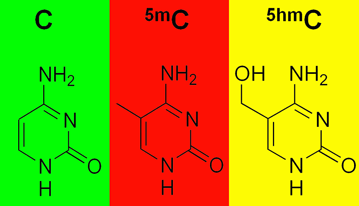Geneticist Sampath Prahalad and the families he works with were part of this recent PNAS paper, which probes genetic risk factors for systemic juvenile idiopathic arthritis.
There are several subtypes of juvenile arthritis, and sJIA (systemic juvenile idiopathic arthritis) sounds especially painful because of its inflammatory symptoms: daily spiking fever and skin rashes in addition to joint pain.
The international team of investigators assembled what they report as the largest collection of sJIA patients (close to 1000) and identified HLA-DRB1*11 as a genetic risk factor for sJIA.
HLA-DRB1 alleles have also been linked to autoimmune diseases such as multiple sclerosis, type I diabetes and (adult) rheumatoid arthritis. The finding strengthens the case for trying existing medications that target T cell activation in sJIA. Read more





